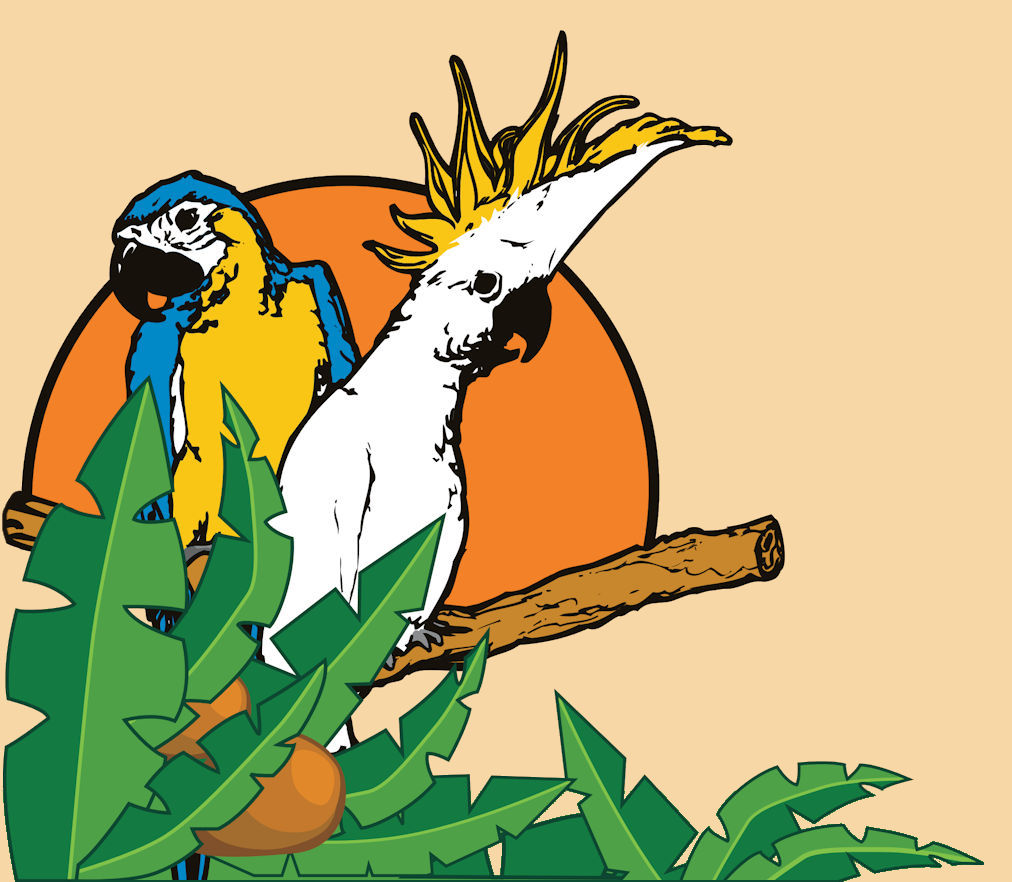Canaries and finches are popular pets because of their small size, beautiful colors, and singing ability. Although they do not have hooked bills like parrots, that doesn’t mean that they shouldn’t have toys and stimulation in their cages! While parrots like chipping away at wood and shredding, finches and canaries like toys with threads and feather or hair-like material that they can pull and preen. They also are interested in shiny objects and toys that make noise. Here are some examples that are appropriate for small birds:
Bells are small toys that finches and canaries like to pull to ring and jingle.
Raffia-like strands are great for small birds as they don’t get tangled or frayed, but are fun to rustle and pull out for nesting material.
Small paper toys are fun for preening and pulling, and also don’t become tangled or knotted.
Sisal is a natural rope material that is excellent for preening and picking at.
